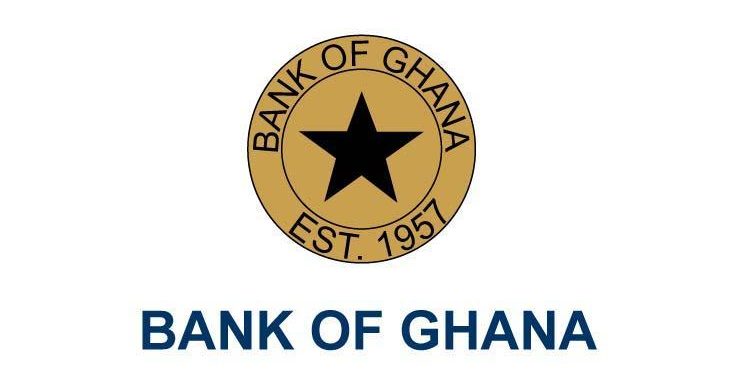This report covers developments in the Ghanaian banking sector as at the end of October 2017. The banking industry witnessed two major developments. First was the revocation of licenses of two insolvent banks, namely, UT and Capital Bank in August 2017.
In a Purchase and Assumption (P&A) transaction, GCB Bank was given approval to take over selected assets and all deposits of the two resolved banks, while the remaining assets and liabilities were to be realized and settled respectively through a receivership process.
The second development was the increase in the minimum capital requirement for new entrants and existing banks from GHȼ120 million to GH¢400 million. The deadline to meeting this new minimum capital level is December 31, 2018.
These two major developments form part of the holistic reform plan to further develop, strengthen and modernize the financial sector. Following the P&A transaction, the number of licensed universal banks declined from thirty-six (36) in July 2017 to thirty four (34) at end October 2017.
As expected, the number of domestically-controlled banks also declined from nineteen (19) to seventeen (17) since the two collapsed banks were both domestically-controlled, while the number of foreign-controlled banks remained unchanged at seventeen (17).
The branch network of the universal banks was 1,486 branches as at October 2017 distributed across the ten (10) regions of the country.








